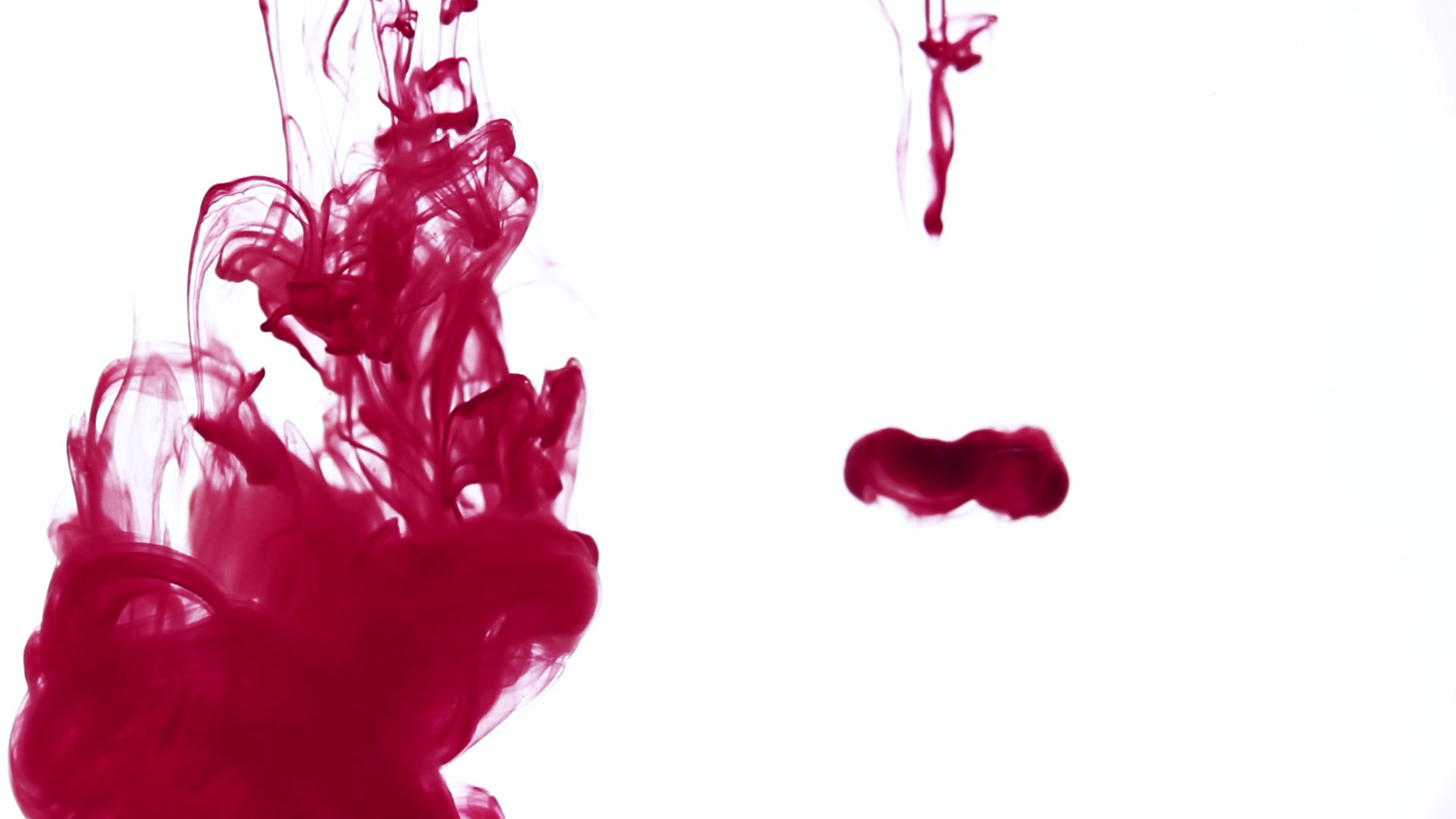
Hemoglobin Electrophoresis
Sickle cell is a disease that affects millions of people around the world and is common among people from African, Mediterranean, South American, Central America, and Caribbean descent. Sickle cell disease is an inherited autoimmune disease that causes red blood cells to sickle or become shaped like crescent moons. Hemoglobin is a molecule within red blood cells that delivers oxygen to the cells through the body. Those with Sickle cell have atypical hemoglobin molecules known as hemoglobin S, which causes the red blood cells to distort and forma crescent shape. Once there is a defect within the red blood cell, the normal cells will sickle and cause a blockage within the capillaries resulting in pain, damage to the tissue and more conditions. Although there is no cure for this disease, once diagnosed, there are several to improve health once the disease is detected. One common way to detect sickle cell is through hemoglobin electrophoresis. Despite its effectiveness, many developing countries cannot afford the tools to run this nor do they have access to the materials. There are several different substances that mimic the same gel constancy such as the agar that is used in expensive electrophoresis. In this research, we aim to use these substances that can be found in the developing countries to make an alternative gel electrophoresis unit.
The Experiment
 |  |  |
|---|---|---|
 |  |  |
 |  |  |
The Process

 Gel ElectrophoresisWhen making gels, agar is typically used. In developing countries agar is expensive. Before I could start making gels, I had to research different materials that are similar to agar that could possible make gels to run hemoglobin test on as well as develop a Buffer. All findings were discover through trial and error. The materials I decided to use were tapioca pearls, which are used in baking and are found in most plants in Mediterranean and African Countries. |  3g Tapioca 2g Corn StarchThis gel was made with both tapioca and corn starch. This gel did not make a consistency or cool to make a firm gel |  1g corn starch 100 mL salt waterThis gel was similar to the tapioca and corn starch mixed. This gel did not solidify enough for me run |
|---|---|---|
 5g tapioca 100mL salt waterThis is the gel tray that is used to make the gel. |  5g tapioca 100mL salt waterThis was the first tapioca gel that I made that thickened enough for me to try and make a gel. Unfortunately, the gel did not solidify. |  5g cornstarch 100mL salt waterThis is the first solid gel that I made using corn starch and salt water |
 Gel electrophoresis |  Gel electrophoresis unitSince draping the wire through the unit with the buffer rusting the wire, we decided to use clamps to connect the wire to the unit. It worked! |  Gel electrophoresisAfter finding a decent gel, the next step of the research is to develop an electrophoresis unit that these countries can make inexpensively with the materials they have. All electrophoresis units need an energy source. Since we hadn't developed an physical unit, we started with the energy source using a battery phone charger. The plug in portion of the charger was stripped of the coating so that the wire was exposed. We draped the wire through the unit onto the + and - on the unit. It rusted. |